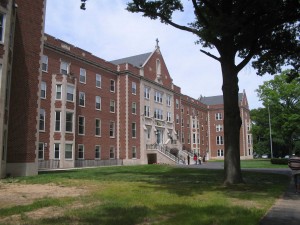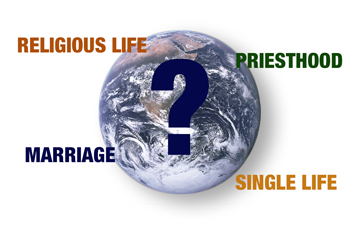 There are some today who think that the Church should give greater recognition to the “call” to the single life. And therefore when we pray for vocations to the priesthood, religious life, and marriage in the Prayer of the Faithful (or at other times) some will say, “Why don’t you ever pray for those called to the single life or mention the vocation to the single life?” Here in the blog, too, when I write about vocations there are usually some who comment and ask why I do not mention the vocation to the single life.
There are some today who think that the Church should give greater recognition to the “call” to the single life. And therefore when we pray for vocations to the priesthood, religious life, and marriage in the Prayer of the Faithful (or at other times) some will say, “Why don’t you ever pray for those called to the single life or mention the vocation to the single life?” Here in the blog, too, when I write about vocations there are usually some who comment and ask why I do not mention the vocation to the single life.
The answer is that I don’t think there is a call (or vocation) to the single life per se. I can see how we might speak of a single person who commits to being a lay missionary as having a call, whether permanent or temporary. Perhaps, too, a person who stays single in order to be wholly dedicated to a work of charity or justice could be said to have a vocation, again either permanent or temporary. However, in these cases the vocation is the work itself, not the single state.
Simply being single does not seem to qualify for what we have traditionally termed vocations. Consider first some basic differences.
1. Those who marry as well as those who enter religious life or the priesthood make promises and vows. What promises and vows do those who are single make? To whom? For what purpose? Unless they become consecrated virgins or hermits, do singles make such vows and promises? No.
2. Those who marry as well as those who enter religious life or the priesthood commit to live the life they enter stably, i.e., consistently. They do not make their promises only until something better comes along, or until something changes. Can this be said of the single? Are they not single only until something better comes along? Until they meet someone whom they will marry? Are singles really bound to live their current status stably? No.
3. Those who marry as well as those who enter religious life or the priesthood are not permitted to date others or enter into romantic and particular relationships with others. Priests and religious are celibate and the married are chaste and faithful to their spouse. Single people can date and enter into and out of romantic (though chaste) relationships at will. Are singles in a permanent and exclusive relationship? No.
4. Those who marry as well as those who enter religious life or the priesthood enter into a communal relationship, whether in a religious community, a diocese, or a third order. The single may belong to a parish, live in a certain locale, or even belong to a group like Opus Dei. But they are free to move away or cease membership at a moment’s notice if an attractive job offer comes along or some family commitment or just preference intervenes. Are singles really tied by lasting bonds to a community? No.
5. Those who marry as well as those who enter religious life or the priesthood (especially religious) live within a regula (rule), which lays out the required structure of their day, regulates relationships, and clarifies rights, duties, lines of authority, etc. What sort of “rule” do those in the single “vocation” follow? If they follow a structured life at all, is it given to them by others, or do they establish it for themselves? Are they perpetually bound or only for as long as they please? Even married people cannot date or relate to anyone they wish; they cannot simply decide to go on a tour of Europe without consulting their spouse and considering their family duties. Are the single really bound in these ways? No.
6. Those who marry as well as those who enter religious life or the priesthood are either under the authority of or answer to others. Spouses must be accountable to each other; priests and religious are answerable to their superiors and cannot simply do as they please or go where they want. Is this the case with those who are single? Do they answer or report to anyone on this earth? No.
So there are a lot of practical differences that rather strongly distinguish being single from being in a promised (or vowed), permanent, regulated state under authority. It is true that some live today as consecrated virgins or hermits. But here, too, they are under the authority of the bishop and make permanent or semi-permanent promises of some sort in a way that single people do not.
Then there is the more theological reason called the nuptial meaning of the body. The nuptial meaning of the body is that within its physical structure is inscribed the truth that we are made for others. Our body says, “I was made for a spouse of the opposite sex to complete me and render me fertile.” Speaking of a human being as single, and certainly speaking of there being a call to be “single,” would tend to violate this understanding of the human person.
And thus, even for celibate priests and religious, we cannot consider ourselves “single.” While we do not express the nuptial meaning of our bodies through sexual intercourse, we do wed and maintain a spousal relationship with the Church. Religious women are Brides of Christ. Religious men and priests see the Church as our Bride. We do not live apart from our spouse, the Church (understood as the Bride of Christ or the Body of Christ). We live for the other (the Church) and are expected to remain faithful and fulfill our commitments and be accountable to her. This would also be true for some in the Church who are consecrated virgins or hermits.
There are some religious communities that do not take perpetual vows, but only yearly ones. However, this is more for canonical reasons; those who take yearly vows understand their vows to be ultimately perpetual and they maintain that notion spiritually if not juridically.
I do not see any of these structures or notions in the “single” life as such. It is true that some never marry, for a variety of reasons including same-sex attraction, not finding the “right person,” physical or mental health issues, etc. Perhaps in such cases single people of this sort who doubt they will ever marry can undertake some work or enter some relationship with the Church that is both regulated, of some extended duration, and involves work for others. But it would be the work or the consecrated virginity that would be honored as a vocation, not the single state itself.
Thus, for these reasons and tradition, I do not think we can or should speak of the single life as a vocation in the sense that we normally use that word with regard to the priesthood and the religious life.
Why is this request to include the single life as a vocation common today? First, there are a lot of people who are single today. While I do not think this bespeaks a healthy culture, it is a fact, and there is some legitimate concern as to how to include such a large group in our prayers and our pastoral concern.
Second, though, I wonder if this isn’t another example of the tendency today toward “identity politics.” Many today in our culture want their lived experience and views to receive recognition and approval from the wider culture. And if such recognition (and at least tacit approval) is found lacking, offense is taken and pressure is exerted for the “granting body” to give this recognition and approval.
This second aspect may explain why some (though not all) I have met get rather angry when I don’t simply agree that there is a call (vocation) to the single life.
Of course I am not the final word on this matter in the Church. But it seems to me that words have meaning and we ought not simply cede to the pressure to use words so widely that they no longer have their stricter—and I would argue proper—meaning.
So have at this topic. I would appreciate comments not being directed to me, but rather to the issue and the reasons I have put forth. Feel free to agree or disagree with the overall point or to particular points I have made. If you disagree, consider saying why and what principles you think should apply.
As these videos show, the single life presents many challenges and often summons many to heroic sacrifice as our culture becomes increasingly hostile. All of us, single, married, priest, or religious are summoned to the call of martyrdom, spiritual or physical.


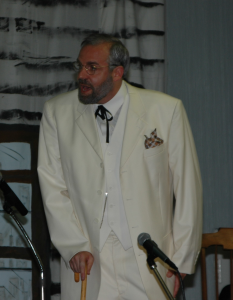


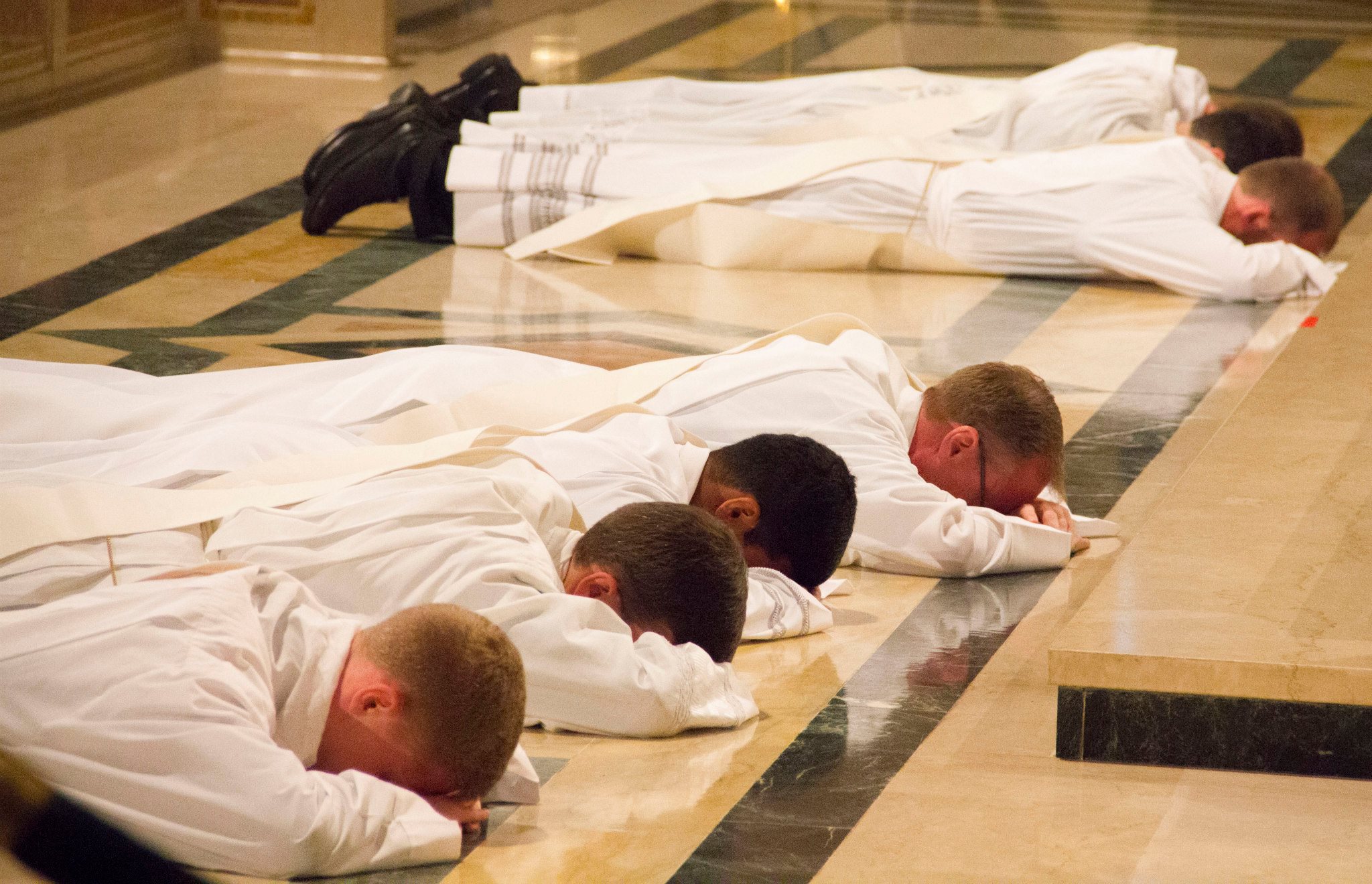
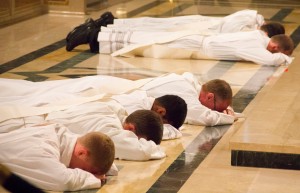
 The Lord is turning out some very good men. I remain impressed with the caliber, devotion and orthodoxy of the men who are in our seminaries. I recently preached a retreat for 30 of them at Blessed John Paul II here in DC. I also work with them in both summer assignments here in the parish and have at least three at a time working here throughout the academic year. They are prayerful and intelligent men who have a heart for the Church, and a love and reverence for God.
The Lord is turning out some very good men. I remain impressed with the caliber, devotion and orthodoxy of the men who are in our seminaries. I recently preached a retreat for 30 of them at Blessed John Paul II here in DC. I also work with them in both summer assignments here in the parish and have at least three at a time working here throughout the academic year. They are prayerful and intelligent men who have a heart for the Church, and a love and reverence for God.